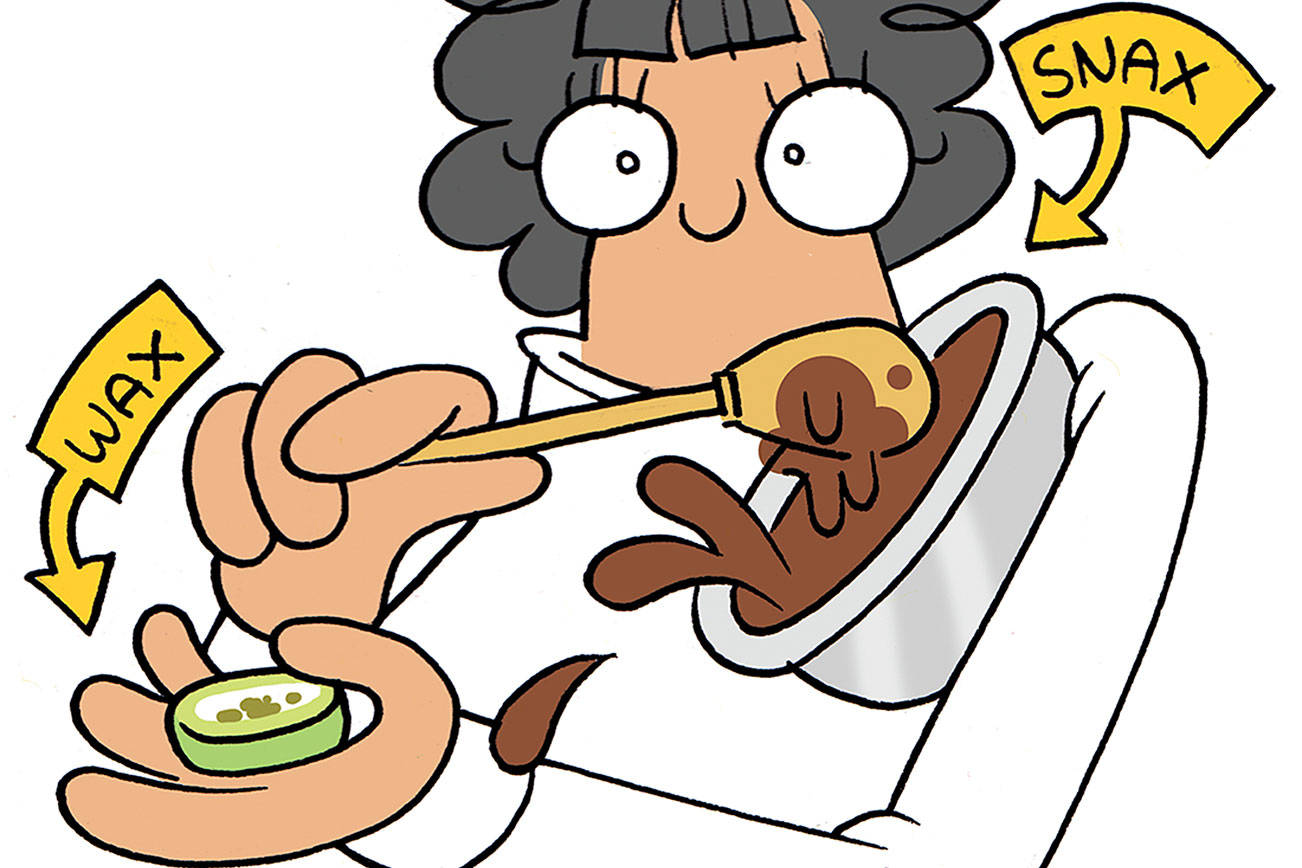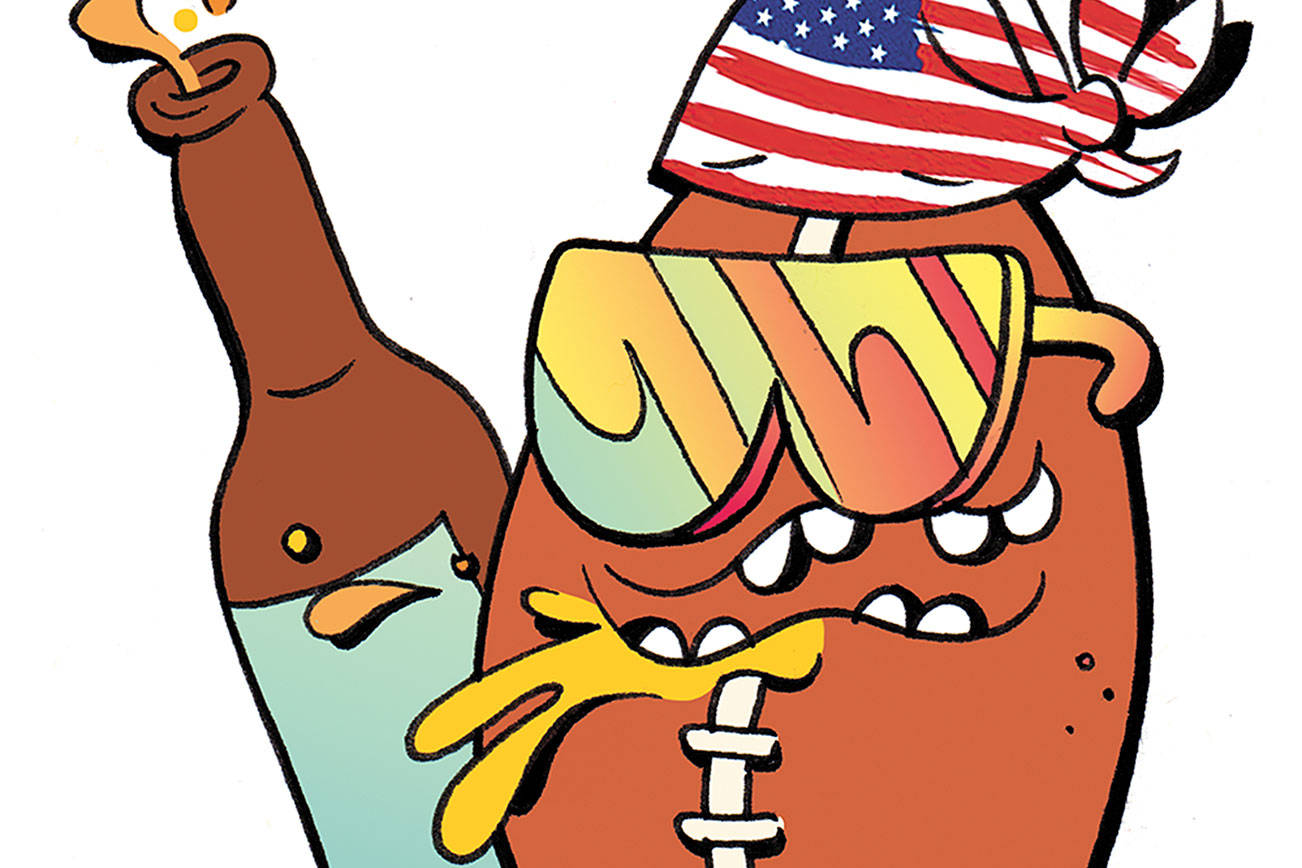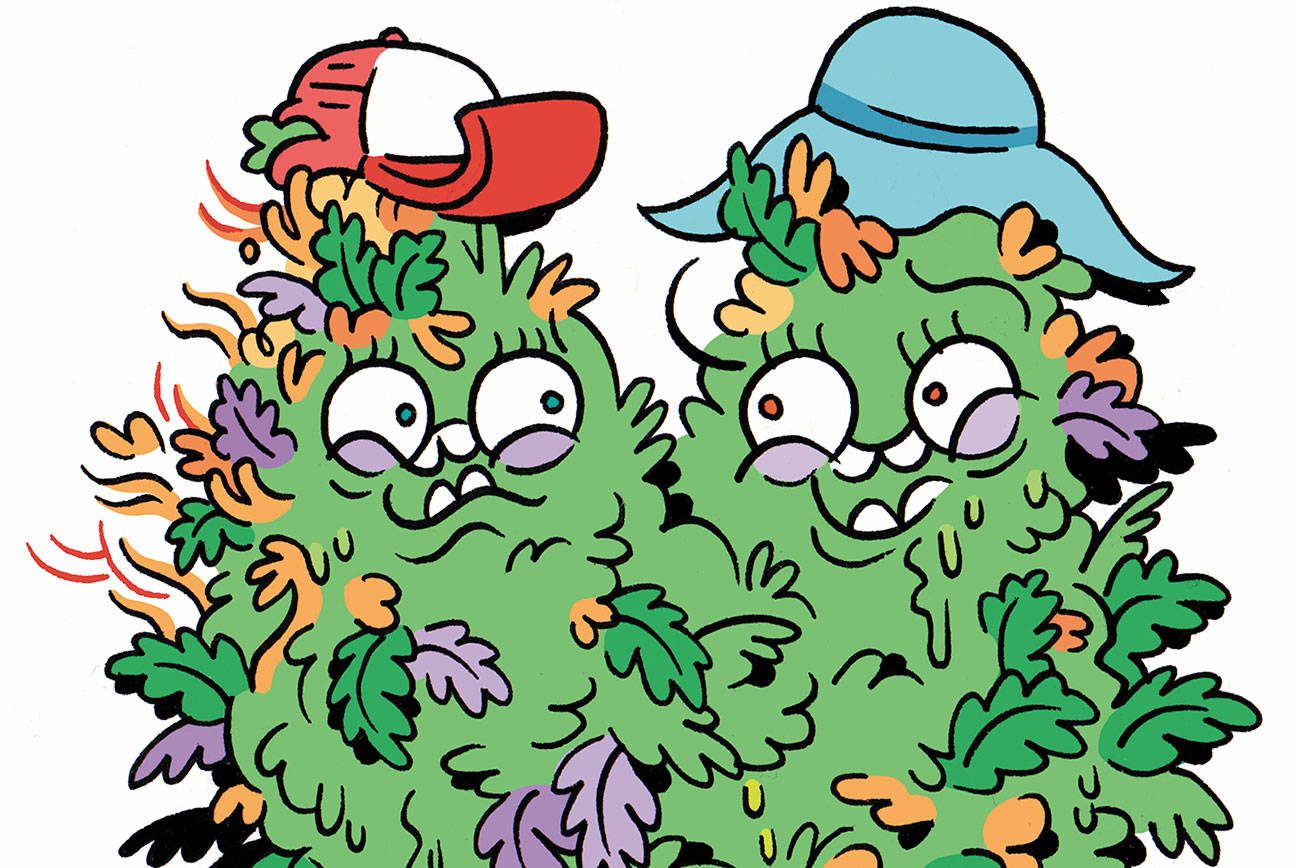How we talk about the world, the words and symbols we use, defines how we think about reality. Advertising has been using this neat trick for decades to talk us into buying everything from Pet Rocks™ to SlapChop™. So it is with the cannabis market in Washington state, as it continues to forge a fresh path into a free-market future. As the proliferation of recreational shops (and medical dispensaries before them), review apps, and bud brands makes clear, marijuana is not immune from wordplay.
Far before legalization, there had been a war of words surrounding the protean plant. The many names come in handy when, say, writing a 700-word column in which weed is mentioned a couple dozen times. The names also help us understand the varied role cannabis has played as a textile, building material, fuel, food, medicine, ritual, and intoxicant. Its many names reveal the multifaceted relationship humans have with this interesting plant. And so for my first column, I thought it would be appropriate to explore the history of weed and words.
The name ganja is shared by both Rastafarians and Sadhus, the Hindu priests dedicated to worshipping the god Shiva. Both cultures believe smoking ganja gets them closer to their gods, use the plant as sacrament, and bless themselves and their surroundings. In the Rig Veda, written around 1500 BCE, ganja is described as being created when amrita—the juices of the gods as they made love in the sky—fell to earth. Hindus call it “The Nectar of Pleasure.”
The term marijuana did not come into common use among Americans until the 1930s, arriving alongside a whole lot of fearmongering. Before that, it was colloquially referred to as Indian hemp. Cannabis usage was all but isolated in the Southwest and Southeast—specifically New Orleans—in the ’20s and ’30s. It was smoked mostly by Latino migrant workers, but recreational usage was gaining popularity with whites.
Harry J. Anslinger, the first commissioner of the U.S. Treasury Department’s Federal Bureau of Narcotics, was a particularly eager beaver on the subject of prohibition. There is much conjecture tying Anslinger to William Hearst and DuPont during the 1930s, suggesting an effort to push nylon out in front of hemp as the go-to material in the upcoming war. What’s more likely is that Anslinger was crazy racist. He had a theory that Latinos—whom he referred to as “rapists and murderers”—had brought their sinful plant with them as they were escaping the Mexican Revolution, and was convinced there was a secret underground in the jazz (read black) music world that was tied to interstate cannabis trafficking.
Prohibition was an effective way to enforce racist ideas. Whether saving poor white women from “Negroes crazed by devil weed” or Mexicans and Indians “freaked out on marijuana,” the idea was the same: Use race, or an ethnic-sounding name like “marijuana,” to scare whites away from drugs and toward more restrictive laws.
The infamous reefer is another word that came into popular usage in the 1930s. It probably came from a version of a Hispanic word; grifa, which means “cannabis.” But there is a amusing lingual secret here. A reefer is one who reefs, or works on a boat, specifically a midshipman, which brings us to . . .
Hemp, and variations of that word—including the Old Saxon hanap and Old Norse hampr—have been used around the world to indicate textiles made from the plant in question. In nearly every culture that uses hemp, the word used points to the plant’s utility. In China, where it was used as rope as far back as 4000 BCE, the word for hemp means “rough or durable.” Chinese herbalists included it in their “50 fundamental plants,” and incorporated it in over 120 medicines. It was the Chinese who taught the rest of the world how strong hemp cloth could be, providing European sailors with sails that could get their ships around the world. Ultimately this word descended from the Proto-Germanic hanapiz, which itself is a form of of the word cannabis.
Last but certainly not least, there is cannabis. The Hebrews had qannabbos or qěnēh bośem, both phrases meaning “reed of balm” or “aromatic reed.” Not only is it mentioned in the Song of Songs (a chapter in the Old Testament about getting it on), it’s recommended as a key ingredient in the polish for the Ark of the Covenant. You read that correct: Yahweh directs his followers to polish his “special stash box” with weed oil.
The word itself may come from the Scythians, the wild, nomadic horse tribes that roamed over what is now Central Asia. Their “vapor baths,” famously described by Herodotus in 450 BCE, were created by setting up a few poles, some hemp canvases, and a brazier with hot coals. They essentially were the first people on record to hotbox. People thought Herodotus was nuts, but recent archaeological digs have discovered graves with tent poles, hemp canvases, and—wait for it—pottery braziers with charred hemp seeds.
stashbox@seattleweekly.com







